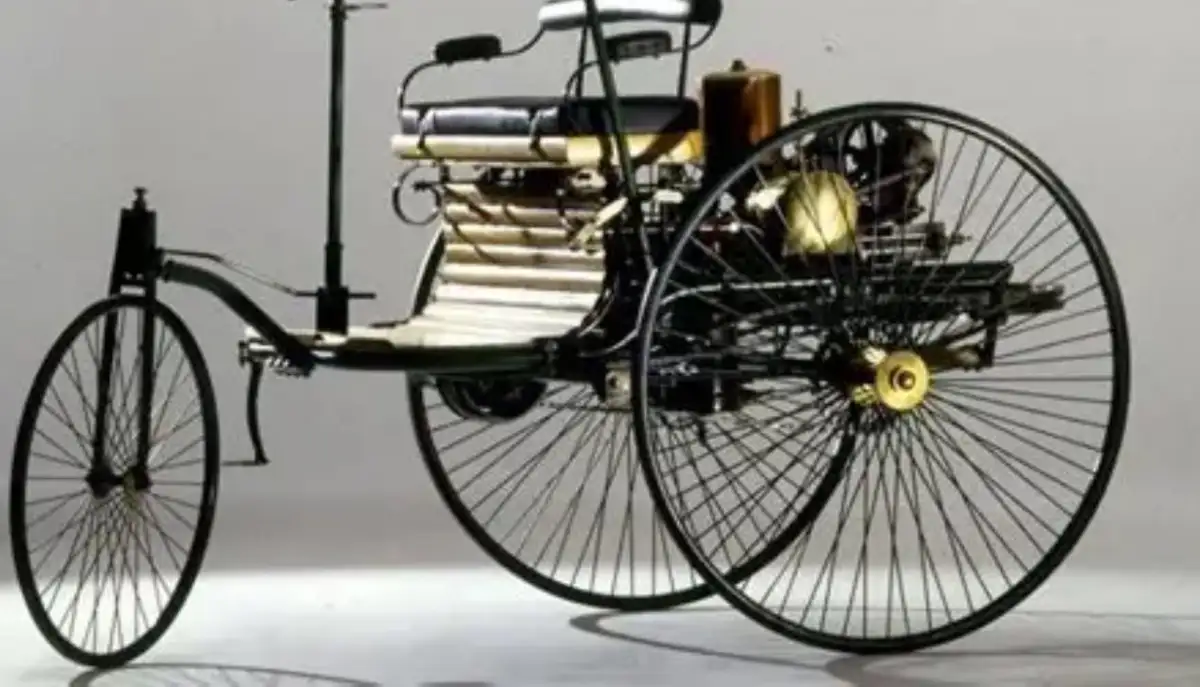- Milestones on the Road to Mechanized Birth
- Technical Specs of the First Car
- Bertha Benz’s Road Trip: The First Real Adventure
- The Next Era: Competition and Commercial Production
- First Car vs. Contemporaries
- “The Dream That Captured Humanity”
For millennia, humans dreamed of self-propelled motion, free from horses or beasts of burden. By the end of the nineteenth century, Karl Benz wrote a defining chapter in civilization’s history with the invention of the first modern automobile powered by an internal combustion engine. His creation not only redefined travel, but forever altered the present and future. This story—of ingenuity, struggle, and rivalry—reveals the origins of “Car Number One” as you’ve never read before.

Milestones on the Road to Mechanized Birth
Before Benz, inventors chased self-driving vehicles for centuries: Ferdinand Verbiest’s steam carriage in China (1672), Nicolas-Joseph Cugnot’s in France (1770), but these remained heavy curiosities, not practical cars.
The true breakthrough was the internal combustion engine. In 1885, Karl Benz designed a single-cylinder, four-stroke engine—producing just 0.75 hp, but transforming practicality and reliability.
Previous attempts either added engines to horse carriages or were massive machines. Benz’s “Patent-Motorwagen” was the first designed entirely around a gasoline powertrain, earning a pivotal 1886 patent.
Technical Specs of the First Car
Lightweight steel-tubing frame, two seats, and three wheels (front-wheel steering—four-wheel steering proved too complex at the time).
Rear-mounted 954cc Benz engine, horizontal four-stroke operation, simple belt-driven transmission, and a basic clutch.
Top speed was 16 km/h—a leap ahead of horses and bikes, delivering unprecedented stability and reliability for its time.
Key innovations: carburetor, spark plug, clutch, rudimentary radiator, and manual throttle—all signatures of modern motoring.
Bertha Benz’s Road Trip: The First Real Adventure

Skepticism abounded; few believed in the car. But in August 1888, Bertha Benz—Karl’s wife—sat with her two sons and undertook the first long-distance auto trip, covering 106 km between Mannheim and Pforzheim.
On her journey, Bertha refueled at local pharmacies, fixed a broken brake with her hat’s fabric, and had leather linings made for the brakes by a cobbler—resolving troubles on the go.
This journey became the first (and best) advertisement for the automobile, showing the public that “horseless travel” was practical for families and long distances alike.
The Next Era: Competition and Commercial Production
Simultaneously, Gottlieb Daimler and Wilhelm Maybach in Stuttgart developed pioneering engines and their own four-wheeled car—a close rival in the “race to the road.”
By the end of the 1800s, Benz cars (Patent Motorwagen) were being sold in Europe and the USA, joined by rudimentary electric and steam cars.
Commercial production for the Motorwagen began in 1888 with the Model 3, and soon the first automotive businesses bloomed across two continents.
First Car vs. Contemporaries
“The Dream That Captured Humanity”

A nineteenth-century man gazed at his path, dreaming of a carriage that could move without a horse. Then one day, a tiny machine rattled past—its hum sparking a new hope. In that instant, he and the world understood that a revolution had begun on three wheels, with a small engine and a bold vision.








